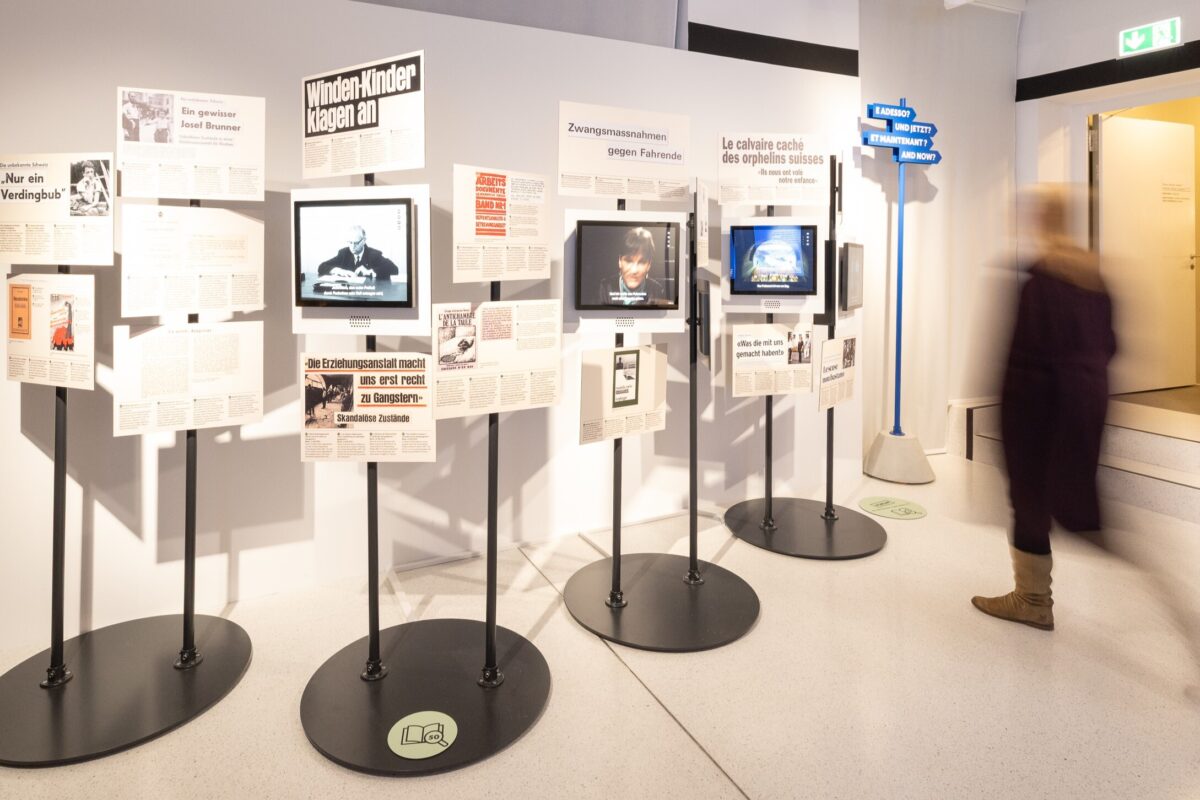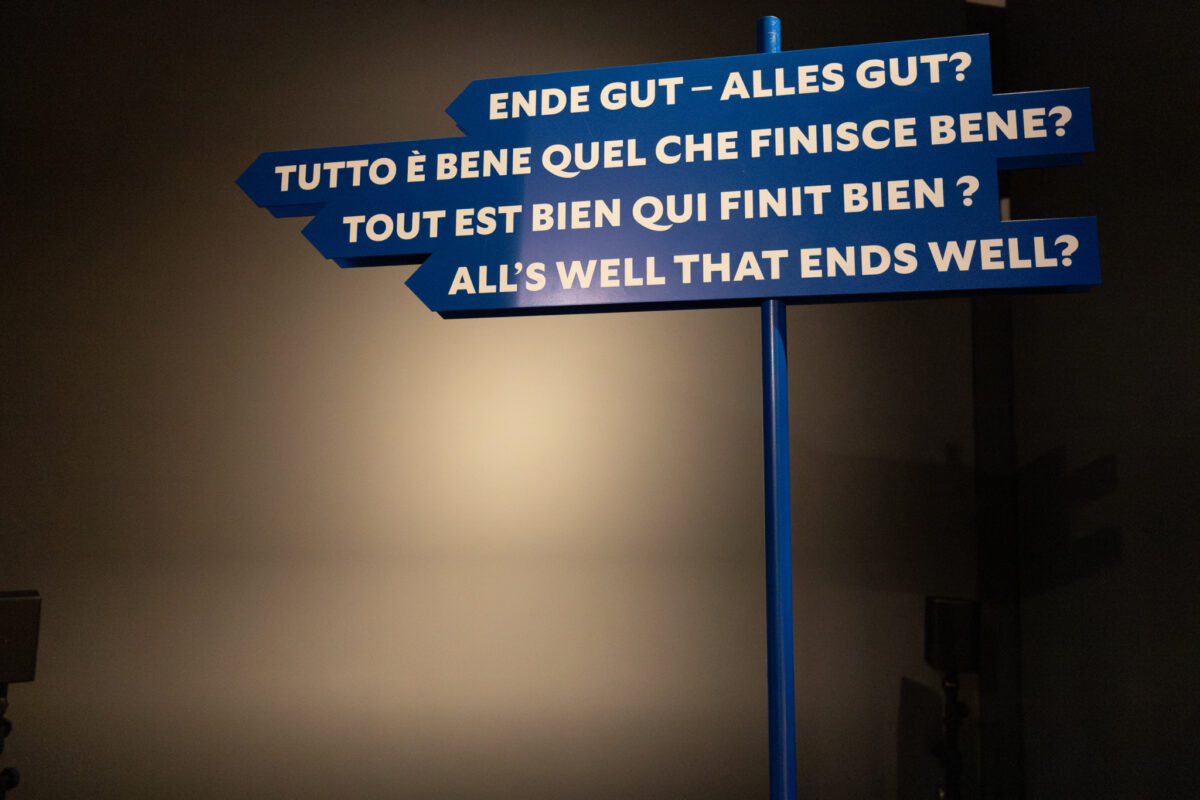“FOSTERED. LOCKED AWAY. FORGOTTEN?” – a touring exhibition bringing stories of compulsory social measures in Switzerland

The national touring exhibition “FOSTERED. LOCKED AWAY. FORGOTTEN?” starts on 30 October 2025. It sheds light on the history of compulsory social measures and placements in Switzerland and the process of coming to terms with them, bringing the story to all regions of the country.
The exhibition “FOSTERED. LOCKED AWAY. FORGOTTEN? The history and stories of compulsory social measures in Switzerland” offers a multifaceted and at the same time forensic approach to this chapter of Swiss history, which has had a profound impact on the lives of many people.
It opens up spaces for reflection and offers a number of different access points for engaging with the topic. You will hear the personal life stories of those affected and gain an understanding of the long process of political reappraisal. You will learn how compulsory social measures came to be taken and what consequences these measures still have today. And you will be invited to ask yourself the question: is it possible to make amends for past injustices? And what can we do to prevent history from repeating itself?
The exhibition is part of the “Remembering for tomorrow” programme.

The exhibition
The first word in the exhibition goes to the victims: an audiovisual collage from television archives shows how they raised their voices and demanded a hearing and recognition of the injustice they suffered.
A memorial in the form of an archive against forgetting allows visitors to grasp the scale of the official measures enacted and to discover the individual fates of those affected. Hundreds of drawers stand as a potent symbol of the hundreds of thousands of children and adults who were subjected to compulsory social measures. Some are open and contain profiles of the life stories of those affected. Individual biographies are told in greater detail at archive desks. The immersive stations are designed to facilitate a dignified encounter and allow visitors to engage with the stories on a personal level.
The life stories are incorporated into three informational installations on the various measures, their legal context and the Swiss institutional landscape. Selected historical documents from the media and political and cultural spheres are also used to give a sense of the critical viewpoints on the system of compulsory social measures and its abuses using specific examples.

The Federal Council’s official apologies for the injustices that occurred are the starting point for a timeline that continues to the present day. It marks the milestones of the political, remembrance and research aspects of the reappraisal up to today. And it makes it clear that the history of compulsory social measures continues to reverberate even now. Reappraisal is a societal and political process that is still ongoing.
The exhibition raises many questions: what consequences of compulsory social measures continue to impact people today? Is it possible to make amends for past injustices? What can we do to ensure that this history is never repeated? The fundamental questions raised by the history of compulsory social measures are timeless. These questions will be discussed in a forum using video installations from multiple perspectives and with the involvement of the audience. This part of the exhibition also highlights the fundamental rights in the Federal Constitution.

The last word also goes to those affected: it is possible to make amends for what they have gone through? And what do they want for the future? Ambivalent answers and hopes for the future accompany visitors as they head out into the present.

Educational programme for schools
There is a guided educational programme for school groups: the exhibition has a down-to-earth quality that also appeals to young people in terms of content and touches them on an emotional level. Upper and lower secondary school groups can explore the exhibition topic and the life stories of those affected through a dialogue-based tour.
After an introduction to the subject, the young people explore the exhibition in pairs, focusing on a selected life story and a question. They then talk about what they have learned in a moderated discussion.
Educational materials are available both to prepare for the exhibition visit and to follow-up on the visit afterwards.
The guided educational programme for schools can be booked directly at the respective exhibition venues: Musée Historique Lausanne
Further materials and information for schools about the topic.

Exhibition venues
The exhibition will be on show at the following locations:
- October 2025 to March 2026 at Musée Historique Lausanne
- May 2026 to October 2026 at Museum Luzern
- December 2026 to May 2027 at Museum zu Allerheiligen Schaffhausen
- May 2027 to October 2027 at Castelgrande Bellinzona
- November 2027 to February 2028 at Kornhausforum Bern
Local fringe events will take place at each of the exhibition venues.

Media
- Press release from 30 October 2025 on the opening of the exhibition
- Photos from the exhibition by David Harnisch and gabriel design
